Health
NIH study examines voice and perception of gender
What makes one voice sound more feminine than another?
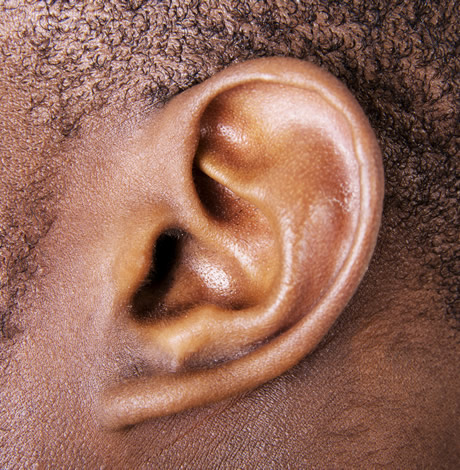
ADVERTORIAL
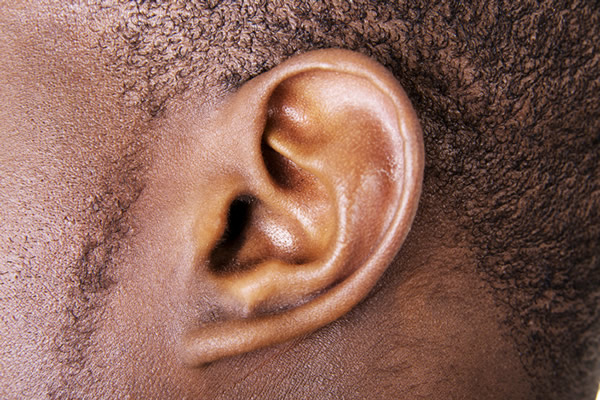
Can gender be inferred from the language of a written transcript or is gender something we simply must hear?
By BILLY BLANCHARD
What makes one voice sound more feminine than another? Can gender be inferred from the language of a written transcript or is gender something we simply must hear? How can speech therapy help transgender people change their voice?
These are a few of the questions that Dr. Adrienne Hancock, assistant professor at George Washington University, is asking with her research at the GW Speech and Hearing Center.
With the participation of the transgender community and the help of a $305,000 NIH grant, Dr. Hancock has several studies underway to understand the physiological challenges facing transgender persons looking to develop a new voice.
The involvement of transgender speakers is key to her research, Dr. Hancock says. “We’re in a hurry to find more male-to-female transgender speakers and we need people to listen and rate voices for us.”
A list of current studies and available compensation for interested participants can be found at www.adriennehancock.com/research.
Caroline Temmermand had two-and-a-half years of transitional voice therapy at the GW Speech and Hearing Center. As an active advocate for the LGBT community, she found her involvement in GW research to be a good way to give back, participating in five studies over the past four years.
“This is an easy way to help others,” Temmermand says. “They compensate you for your time and since GW will share its results, it might help people everywhere.”
One focus of the NIH-funded study is to examine how the vocal cord or “glottal” physiology of transgender speakers differs from others. Testosterone exposure at puberty causes permanent vocal cord changes that cannot be reversed with hormones. By researching the unique physiology of male-to-female (MtF) transgender speakers, she hopes to understand why some clients have an easier time achieving their desired result with voice therapy.
Dr. Hancock’s research team is working to identify the characteristics of voice that closely correlate to the perception of femininity. Pitch clearly plays a huge role in perception of gender, but researchers are also looking at things like intonation patterns, range of pitch and the rate of speech.
“One unique aspect of this study is that we’re looking at how all of these variables interact with each other,” says Dr. Hancock.
These results may be helpful in prioritizing which areas of speech to focus on during voice therapy. She would also like to help set expectations for therapy as well as maintain clients’ good vocal health throughout the therapy process.
The GW Speech and Hearing Center has been offering Voice Therapy for Persons in Transition since the 1970s and has increased research over the past decade.
Dr. Hancock is a speech-language pathologist and has presented her research at World Professional Association of Transgender Health (WPATH) conferences where she collaborated on the development of the inaugural voice and communication section in WPATH’s internationally recognized Standards Of Care.
“We consider transitional voice therapy to address a communication difference, not a disorder,” she says. “Our goal is to help clients develop a voice that feels genuine for them.”
For more information, please visit Dr. Hancock’s website at www.adriennehancock.com/research.
Health
UNAIDS to commemorate Zero Discrimination Day’s 10th anniversary
UN agency urges global action to protect human rights

As the world marks the 10th anniversary of Zero Discrimination Day; UNAIDS is sounding the alarm on the increasing threats to human rights, calling for renewed efforts to protect the rights of all individuals as a fundamental step towards ensuring health for everyone.
Established by UNAIDS a decade ago, Zero Discrimination Day aims to promote equality and fairness regardless of gender, age, sexuality, ethnicity or HIV status. The progress achieved over the past years is now in jeopardy, however, due to rising attacks on the rights of women, LGBTQ people and other marginalized communities.
UNAIDS Executive Director Winnie Byanyima emphasized the critical link between protecting human rights and safeguarding public health.
“The attacks on rights are a threat to freedom and democracy and are harmful to health,” she said in a press release. “Stigma and discrimination obstruct HIV prevention, testing, treatment and care and hold back progress towards ending AIDS by 2030. It is only by protecting everyone’s rights that we can protect everyone’s health.”
Despite challenges, there has been notable progress.
At the onset of the AIDS pandemic more than 40 years ago, two-thirds of countries criminalized consensual same-sex sexual relations. They are now decriminalized in two-thirds of countries. An additional 38 countries around the world have pledged to end HIV-related stigma and discrimination, contributing to positive changes that include 50 million more girls attending school compared to 2015.
To sustain and enhance these advancements; UNAIDS urges global support for women’s rights movements, LGBTQ rights, racial justice, economic justice, climate justice and peace initiatives. By standing with communities advocating for their rights, the U.N. aims to reinforce the collective effort towards a more inclusive and equitable world.
Zero Discrimination Day is observed on March 1.
Events and activities that will take place around the world throughout the month will serve as reminders of the essential lesson and call to action: Protecting everyone’s health is synonymous with protecting everyone’s rights.
“Through upholding rights for all, we will be able to achieve the Sustainable Development Goals and secure a safer, fairer, kinder and happier world — for everyone,” said Byanyima.
Health
New CDC report finds transgender women at higher risk for HIV
More than 1,600 people in seven cities surveyed
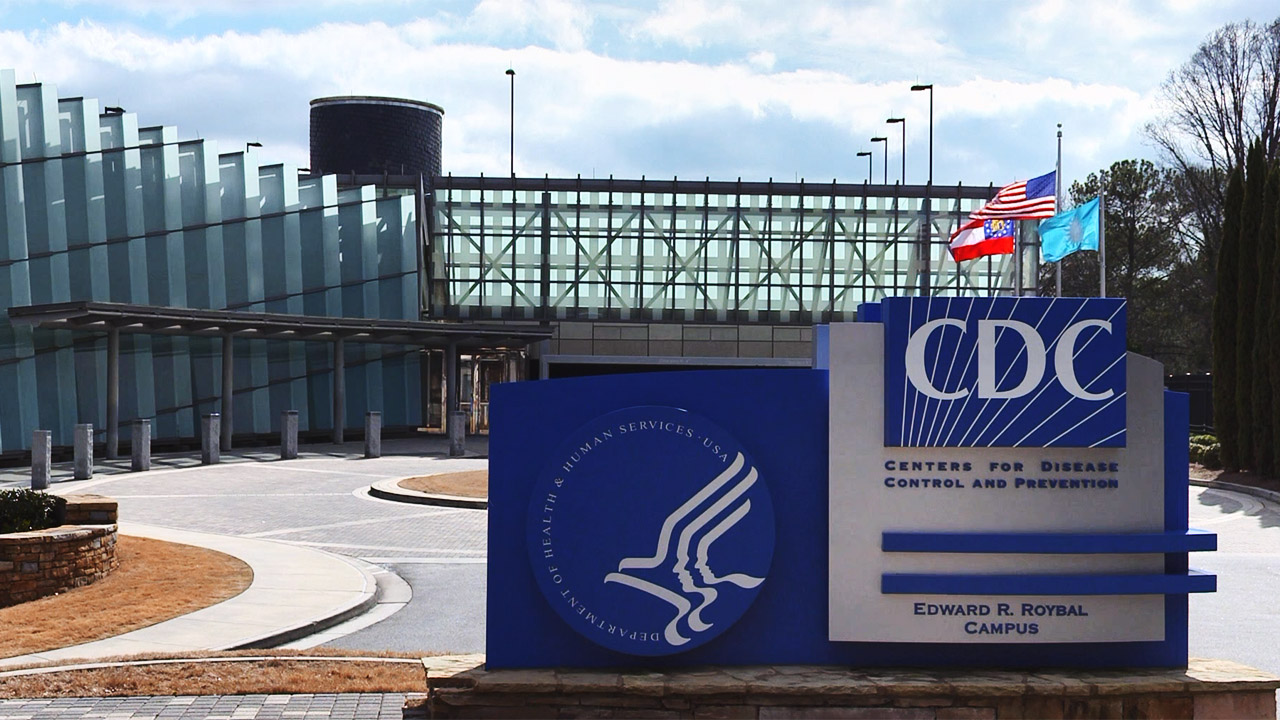
The Centers for Disease Control and Prevention issued a new study report this week that revealed that restricted by employment and housing discrimination and lack of access to needed gender-affirming healthcare for transgender women increasing the risk of contracting HIV.
Researchers reviewed data from a 2019-2020 survey, the National HIV Behavioral Surveillance Among Transgender Women, which found that the demographics of HIV/AIDS have been disproportionally high, especially among Black and Latina trans women, who had experienced employment and housing discrimination coupled with lack of access to gender-affirming healthcare.
The Jan. 25 Morbidity and Mortality Weekly Report was based on data studies of more than 1,600 trans women in seven major urban locales. Participants from Atlanta, Los Angeles, New Orleans, New York, Philadelphia, San Francisco and Seattle were chosen by referrals from people and community-based organizations who knew or were part of the local population of trans women.
The study’s researchers noted: “Employment discrimination occurs at the overlapping nexus of poverty, homelessness, incarceration, health insurance, disability, food insecurity and survival sex work. These issues are interconnected.”
The study stated that trans women’s inability to access quality healthcare, including gender-affirming treatment or access to PrEP, and can expose them to potential incarceration as many turn to “survival sex work” and violence, which increases the risk of contracting HIV.
The study’s author’s pointed out: “When economically marginalized transgender women are refused employment, this refusal cyclically contributes to economic hardships. This analysis …demonstrates the importance of transgender women working and living with dignity and without fear of unfair treatment.”
Health
A Whole New Perspective on Well-Being
The Mather’s team recognizes that everyone’s wellness journey is completely unique to their life experiences and influences.

It’s easy to spot the distinctive, elegant silhouette of The Mather, a Life Plan Community for those 62+ opening this spring in Tysons, Virginia. What is not apparent to the naked eye is The Mather’s unique wellness philosophy, which is literally built into the community.
The Mather’s team recognizes that everyone’s wellness journey is completely unique to their life experiences and influences.
Nature is one of the important factors that contribute to well-being. So The Mather is incorporating biophilic design—a design approach to facilitate access to nature or things that replicate natural patterns. This can include interior spaces with sightlines to a garden, choosing natural wood and stone as interior materials, or incorporating fragrant flowers and plants indoors to spark memories and provide tactile opportunities such as gardening.
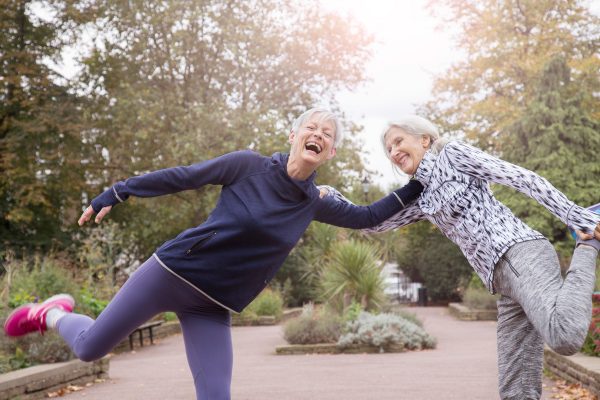
“Providing biophilic design within interior settings connects residents to the natural world,” says Mary Leary, CEO and President of Mather, the organization behind The Mather. “Research shows that a connection to nature provides positive benefits to mental states and overall well-being. At The Mather, biophilic design is the intersection of buildings and programs with nature in an urban setting.”
“The Mather is attracting a diverse group of older adults,” says Mary. “As a result, we aim to incorporate wellness practices from around the world, including Wyda movement theory of the Celtic Druids, which helps people achieve harmony with nature and contentment through mindfulness.” This holistic regenerative approach is similar to Qi Gong and yoga, while born in a different part of the world. Mather Institute has a special focus on mindfulness to support older adults’ practice of present moment awareness, which can lead to increased overall well-being, compassion, and joy.
A very different example of a wellness offering at The Mather is the Gharieni Welnamis spa wave bed, which uses computer-controlled vibrational therapy and audio frequencies to train the brain to relax. “The bed increases mindfulness, concentration, and creativity—all of which support our mission of creating Ways to Age Well,SM” says Mary.
These and other personalized ways to wellness will ensure that residents of The Mather can choose from seemingly countless ways to focus on their well-being. In other words, the sky’s the limit!
-

 Africa4 days ago
Africa4 days agoCongolese lawmaker introduces anti-homosexuality bill
-

 World4 days ago
World4 days agoOut in the World: LGBTQ news from Europe and Asia
-
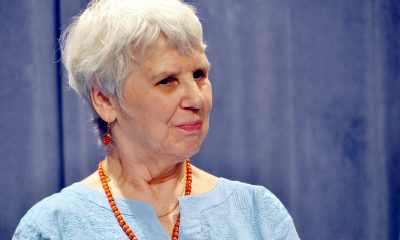
 District of Columbia3 days ago
District of Columbia3 days agoReenactment of first gay rights picket at White House set for April 17
-

 Africa3 days ago
Africa3 days agoUgandan activists appeal ruling that upheld Anti-Homosexuality Act











